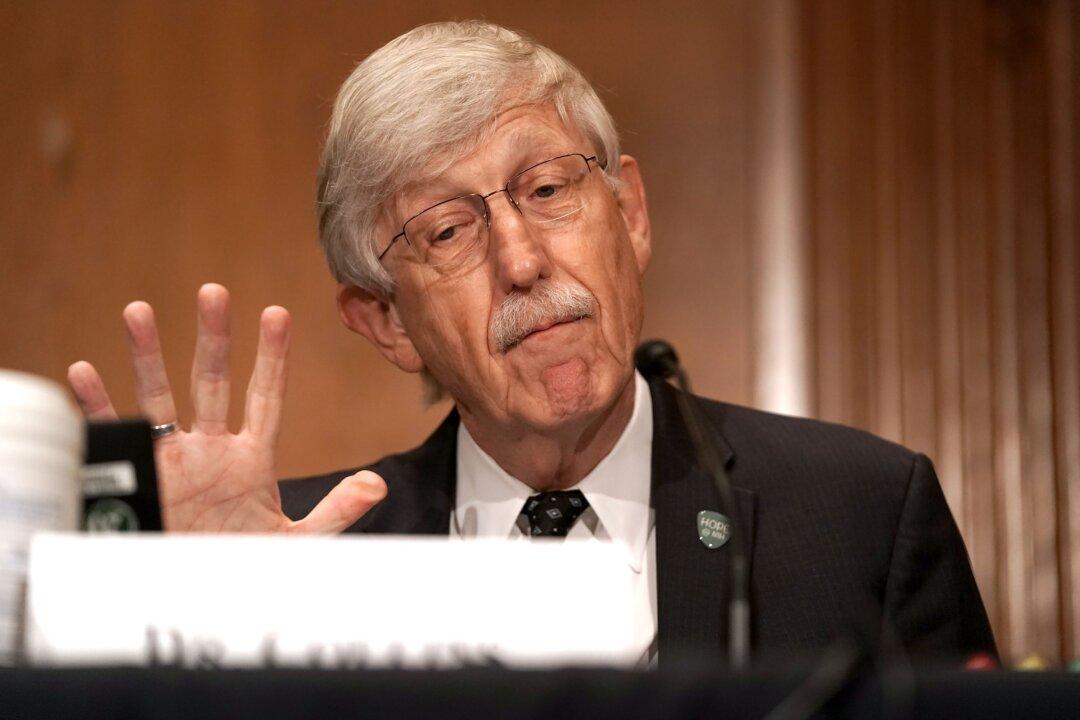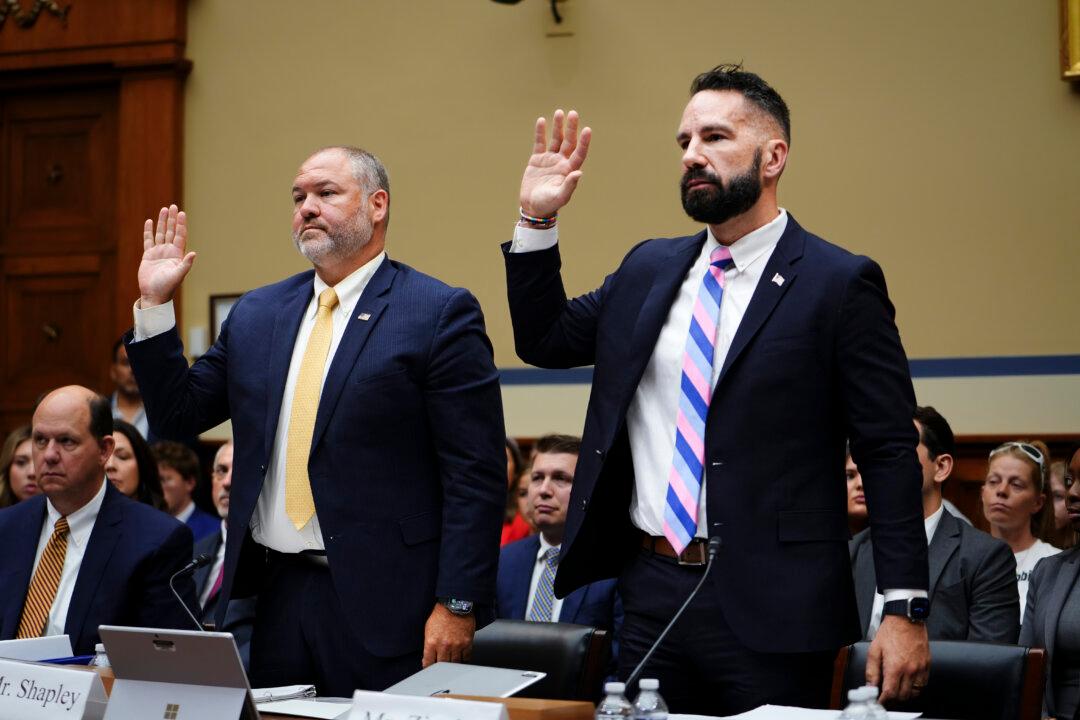When Francis Collins departed as Director of the National Institutes for Health (NIH) in December 2021, his legacy included multiple-millions of dollars in secret royalty payments to himself, prominent colleagues like Dr. Anthony Fauci, and hundreds of other scientists, officials, and researchers working under him.
Today, Collins is the highest paid adviser to the president with the most expensive White House staff ever, according to data compiled by the Chicago-based non-profit government watchdog, Open The Books (OTB).





